theartsdesk in Thuringia: Easter with Bach | reviews, news & interviews
theartsdesk in Thuringia: Easter with Bach
theartsdesk in Thuringia: Easter with Bach
Revelatory performances in the holy land of the greatest composer
Sing, dance, breathe: those are the three imperatives for successful Bach performance, and three superlative interpretations at the Thuringia Bach Festival glorified them in excelsis.
There, among the instrumentalists of Prague’s Collegium 1704, stood, like a larger kettledrum that wasn’t going to be played, that very font in which Johann Sebastian was baptized on 23 March 1685, and nearby the pulpit in which Eisenach’s other famous inhabitant, Martin Luther, preached on his fateful return from the Diet of Worms in 1521 (both visible in the church’s interior pictured below). As has been said of the remote Moravian countryside where Janáček and Freud were born only a few miles apart, there must have been something in the water (though Luther wasn't born in Eisenach, he received a significant part of his education there).
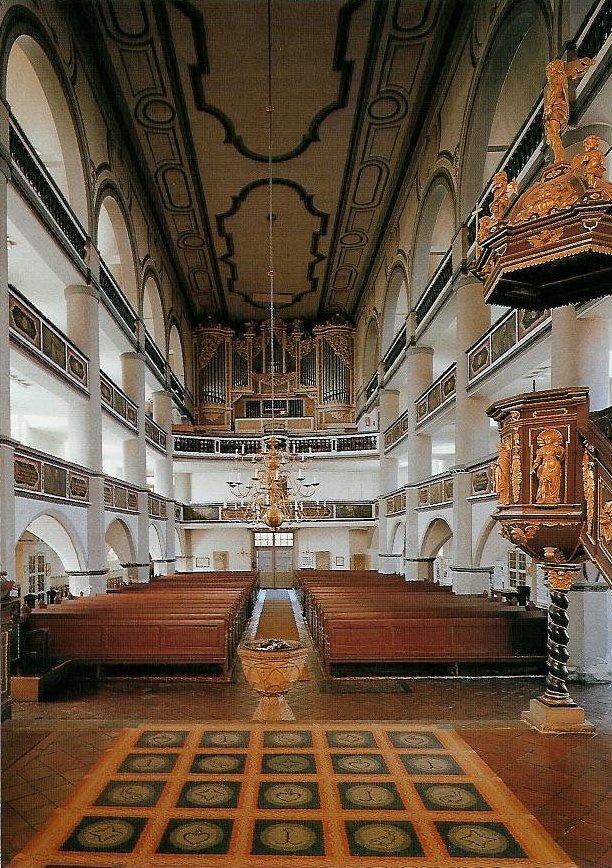 Thuringia, Germany's heartland, famous for the rolling forest in the south to which Eisenach provides one of several gateways, is rich in places where the peripatetic JSB left a significant mark. Having had his musical grounding, like Luther, in the Georgenkirche choir, and then losing his mother and father in less than a year, Bach moved at the age of 10 to live with his eldest brother, Johann Christoph, nearby in Ohrdruf – now very much a one-horse town reminding us still of its East German decay, not least in the typically hideous glass and painting of the Trinity Church, where I encountered the only dud among the six concerts I attended (no comment). I wish I’d been around at the right time to attend an event in Arnstadt, where the 18-year-old Bach inspected the newly built organ and spent nearly three years as organist. In some events, the audience takes the same walk the Bach family did from the tiny church in which he married his first wife, Maria Barbara, at Dornheim, only a mile away.
Thuringia, Germany's heartland, famous for the rolling forest in the south to which Eisenach provides one of several gateways, is rich in places where the peripatetic JSB left a significant mark. Having had his musical grounding, like Luther, in the Georgenkirche choir, and then losing his mother and father in less than a year, Bach moved at the age of 10 to live with his eldest brother, Johann Christoph, nearby in Ohrdruf – now very much a one-horse town reminding us still of its East German decay, not least in the typically hideous glass and painting of the Trinity Church, where I encountered the only dud among the six concerts I attended (no comment). I wish I’d been around at the right time to attend an event in Arnstadt, where the 18-year-old Bach inspected the newly built organ and spent nearly three years as organist. In some events, the audience takes the same walk the Bach family did from the tiny church in which he married his first wife, Maria Barbara, at Dornheim, only a mile away.
Our base, a calm and easy-going one, was in Weimar, a town boxing well above the weight of its population in terms of artistic heritage: Bach competes for attention here with later habitués such as Liszt, Schiller and – most famously of all – Goethe, whose main residence and his summer house in the beautiful English-style park along the river Ilm are national shrines and whose rather ordinary little poem to one of the oldest of trees is celebrated in a Gingko Museum (for which read shop). Weimar has a degree of liveliness owing to the students at the Franz Liszt Academy and the fabulous Bauhaus University, its designs a mix of founder Henry van der Velde’s Jugendstil and the results of the famous school’s establishment here by Walter Gropius in 1919, the year of the ever-so-promising but ill-fated Weimar Republic’s ratification at the Court Theatre.
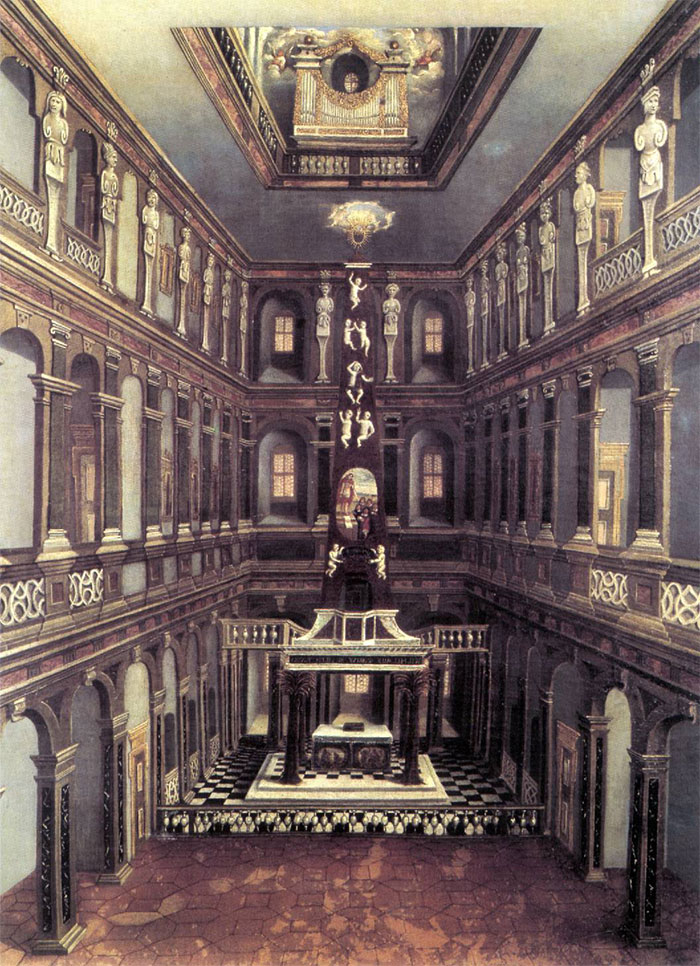 Bach came here as court musician, first very briefly in 1703 and then for a fraught eight and a half years during which he was tossed around between a wrangling uncle and nephew, the ghastly pedant Duke Wilhelm Ernst, who occupied one palace, and 21-year-old Ernst August, who lived in the Wilhelmsburg castle linked to it by a bridge. Only the tower rooms of that original building remain now, so we can see where Bach was imprisoned by the old curmudgeon at the end of his posting before he took off to a more benevolent patron in Cothen (the reasons, like so much in Bach’s life, remain unclear). The neoclassical wing of the palace is a beauty, as I was to discover in a revelatory recital there, but oh that we could still see the 1660 chapel, destroyed along with the music library in the fire of 1774, where the musicians poured down their music on the court from a high balustraded gallery (pictured above).
Bach came here as court musician, first very briefly in 1703 and then for a fraught eight and a half years during which he was tossed around between a wrangling uncle and nephew, the ghastly pedant Duke Wilhelm Ernst, who occupied one palace, and 21-year-old Ernst August, who lived in the Wilhelmsburg castle linked to it by a bridge. Only the tower rooms of that original building remain now, so we can see where Bach was imprisoned by the old curmudgeon at the end of his posting before he took off to a more benevolent patron in Cothen (the reasons, like so much in Bach’s life, remain unclear). The neoclassical wing of the palace is a beauty, as I was to discover in a revelatory recital there, but oh that we could still see the 1660 chapel, destroyed along with the music library in the fire of 1774, where the musicians poured down their music on the court from a high balustraded gallery (pictured above).
Our Easter Sunday service was held instead in the Stadtkirche of St Peter and Paul, affectionately known as the Herderkirche after the town’s great poet-theologian Johann Gottfried Herder. Its great glory, very much the centrepiece of major anniversary celebrations this year, is the crucifixion altarpiece of Lucas Cranach, his last work, completed after his death – like Herder, he has a monument here – by his son in 1555.
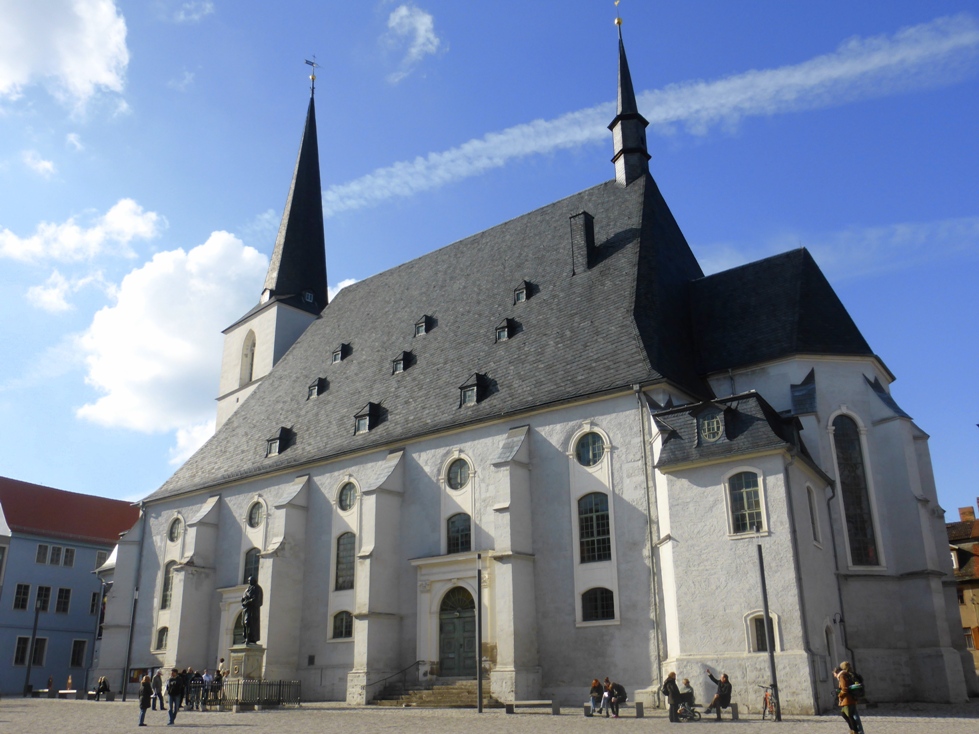 The church was packed with young and old, Lutheran hymns were sung and an amateur group punctuated the service with movements from the A major Mass among the four shorter settings Bach made in the mid- to late-1730s.
The church was packed with young and old, Lutheran hymns were sung and an amateur group punctuated the service with movements from the A major Mass among the four shorter settings Bach made in the mid- to late-1730s.
On Easter Saturday a six-hour train journey, delayed by weekend works, had brought me to serene Weimar from the mixture of rough and dainty, deep culture and Russian bling in Baden-Baden – not exactly lovable, but still functioning much as it did when Dostoyevsky lost a fortune there and wrote about it in The Gambler – in time for Jeremy Denk’s Goldberg Variations. No special venue for this, but the plain wooden interior of Weimar’s Kongress Centrum’s concert hall worked acoustic wonders and the spacious foyers look out on the Weimarhallenpark’s expanse of water and lawns.
I suppose I should admit to a degree of playing safe in the time I chose to come. Other events in the Bachwochen have showcased, or have yet to showcase, less familiar elements, not least the constant juxtaposition of Bach with the future generations he inspired, from Mendelssohn with his performing version of the St Matthew Passion performed in Meiningen on Good Friday to contemporary composers. This, the testing of unusual as well as obvious venues, and the avoidance of significant ones with hopeless acoustics like the main church in Mühlhausen, constitute the essence of the festival as the current director, Christoph Drescher, sees it. I may only have caught a whiff of that old-versus-new manifesto, but the auguries of what I wanted to hear were too good: just as success was guaranteed by Collegium 1704’s B minor Mass CDs, sent to me by an enthusiastic Czech music-lover, pressed on theartsdesk's Graham Rickson who loved it and treasured ever since, there could similarly be no way that Denk’s extraordinarily lucid, fresh and dynamic approach to the Goldberg Variations – preferable to Gould’s from my perspective – would fall short of his magnificent recording.
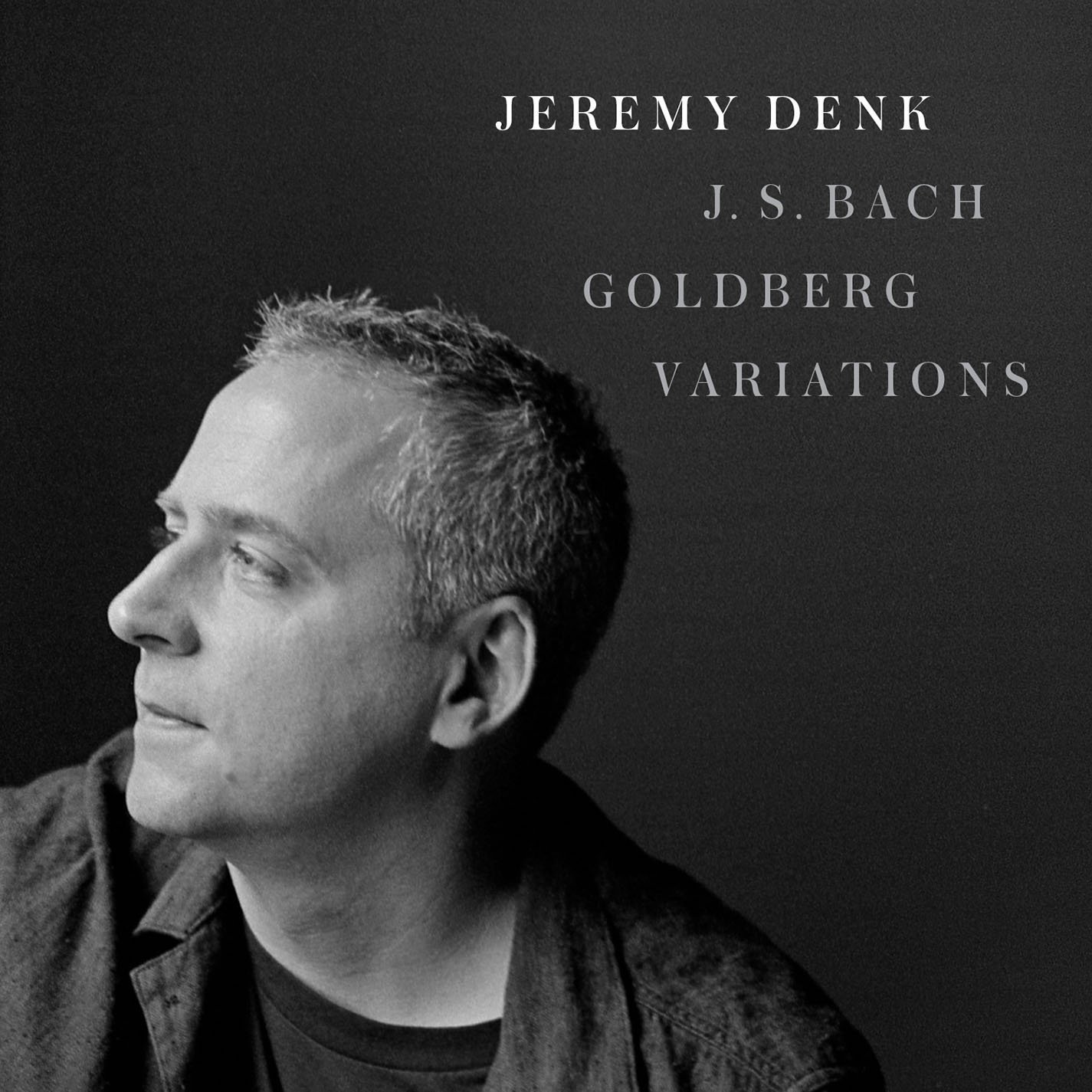 The degree of concentration from a rapt audience and the drama of sitting transfixed for close on an hour and a half as Denk presumably took even greater freedoms and heightenings of the relationships between variations has fixed this in my memory as an unforgettable concert-hall experience. I could write a book, and I hope Denk will, about the relationship between dance and dream, the significance of inner lines like I’ve never heard them before, above all the still shocking modernity of Variation 25. Only Bach himself could rival this in terms of harmonic invention.
The degree of concentration from a rapt audience and the drama of sitting transfixed for close on an hour and a half as Denk presumably took even greater freedoms and heightenings of the relationships between variations has fixed this in my memory as an unforgettable concert-hall experience. I could write a book, and I hope Denk will, about the relationship between dance and dream, the significance of inner lines like I’ve never heard them before, above all the still shocking modernity of Variation 25. Only Bach himself could rival this in terms of harmonic invention.
The ultimate cornucopia was to come, in terms of colour and mood, in the Eisenach B minor Mass. We decided to take off immediately after the Easter Sunday service to explore a nearby national icon. The Wartburg, high on a wooded hill 45 minutes’ walk from the centre of Eisenach, has a fourfold, almost mythic, significance: as the site of the famous Minnesingers’ contests of the 12th century; the sanctification of the frankly rather dull-sounding Elizabeth of Hungary – wife of Landgrave Ludwig IV; Martin Luther’s voluntary exile here from 1521-22, disguised as "Junker Jörg" and making his first crucial German translation of the New Testament; and Wagner’s fusing of the first two legendary elements in Tannhäuser.
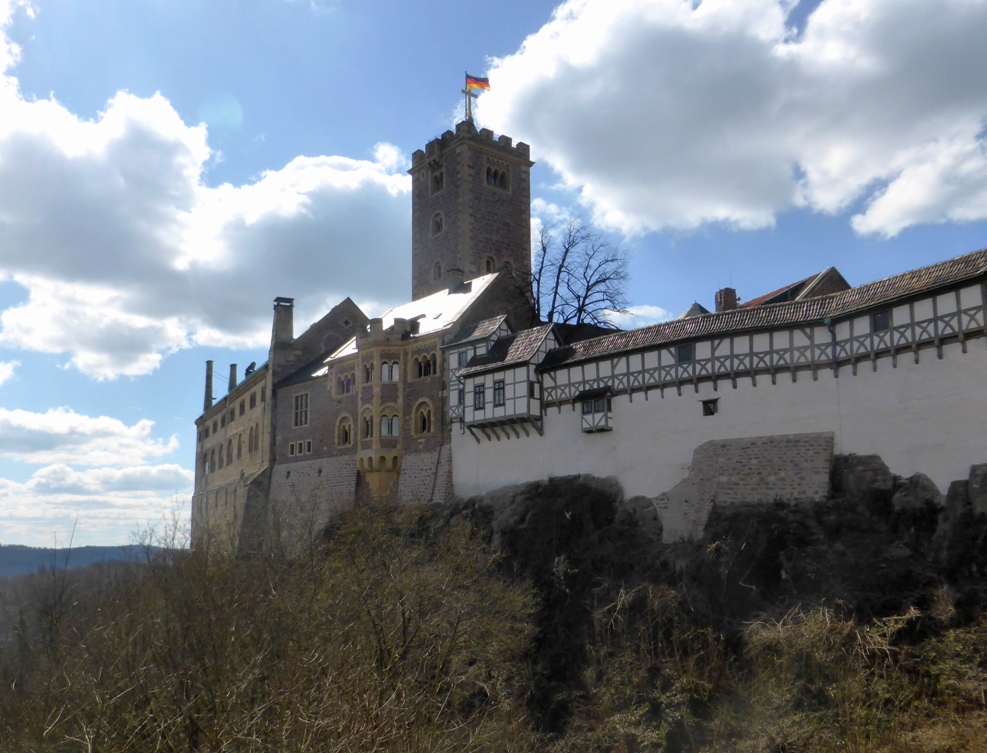 By the time Wagner visited, much of the castle had already had a kitschy German nationalistic makeover, culminating in the Great Hall – Liszt advised on improving the acoustics – but still, I’d very much like to have heard accordionist Denis Patkovic’s Goldbergs-plus-Tiensuu recital. Alas, it clashed with Denk’s performance on another instrument which would have taken Bach by surprise (I like to think that the great original would have welcomed the fresh sonoroties offered by both newcomers).
By the time Wagner visited, much of the castle had already had a kitschy German nationalistic makeover, culminating in the Great Hall – Liszt advised on improving the acoustics – but still, I’d very much like to have heard accordionist Denis Patkovic’s Goldbergs-plus-Tiensuu recital. Alas, it clashed with Denk’s performance on another instrument which would have taken Bach by surprise (I like to think that the great original would have welcomed the fresh sonoroties offered by both newcomers).
As in the Denk recital, we had front row seats for the B minor Mass. I’ve noticed that overseas concert organizers seem to think it’s a VIP honour, which it was for the Goldbergs but not exactly for getting the overall picture of larger forces. We found ourselves next to the flutes and oboes: fascinating for seeing what Bach does with their inner parts, including an extraordinary stretch of staccato quavers at one point, but not best for balance. At least we were enveloped in the intelligent youthfulness of these delightful singers and players. The vocal soloists, all excellent, are drawn from a choir which has the professional brilliance of our native known quantities – The Sixteen, Monteverdi Choir, Academy of Ancient Music – but an extra degree of physical relish and, in the tenors, a lightness for the runs I’ve not heard anywhere else.
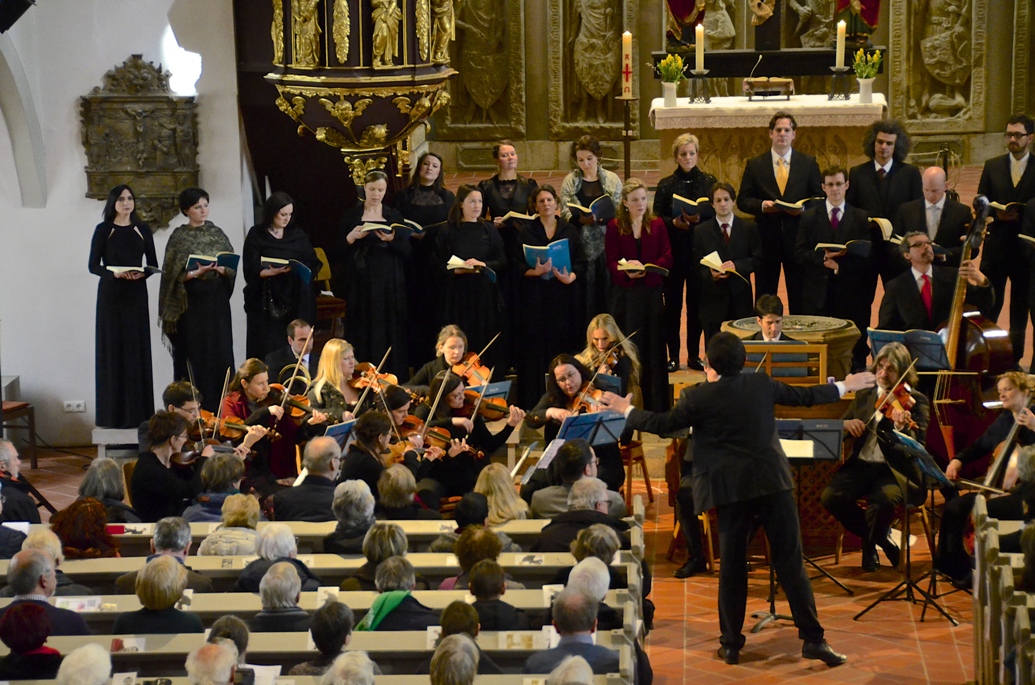
By Easter Monday morning, and more sunshine, I was refreshed and took myself off to the Festsaal of the castle – designed in the early 1800s to showcase knowledge of Babylonian cuneiform, Egyptian hieroglyphs, Greek and Roman art – for something I’d normally give a wide berth: a harpsichord recital. But the artist, Alfonso Sebastián Alegre, who caught the festival’s eye last year in the Seville Baroque Orchestra’s Brandenburg Concertos, was not only as handsome as his surroundings but had a brilliant programme of Bach alongside Spaniards to offer, and a determination to present it, too, with charming demeanour in specially translated German.
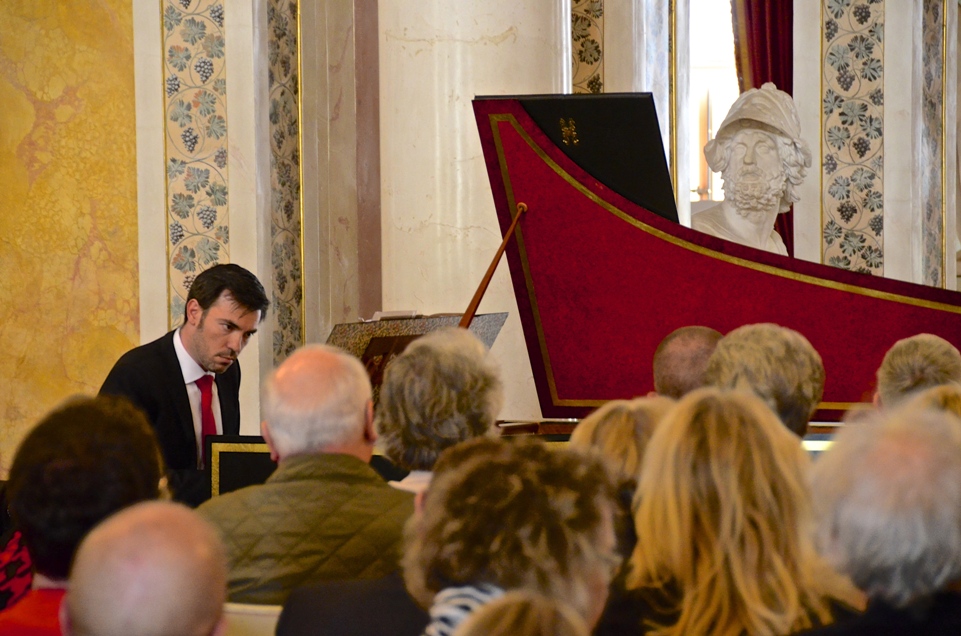
The two other recitals I caught in the official programme ranged from disappointing to ordinary, but I was still glad to have sat in a gallery of Weimar’s Jakobskirche for Christian Poltéra’s Bach Cello Suites, interspersed with readings from the story of the “Mara” Stradivarius cello he plays, courtesy of his teacher Heinrich Schiff, by Ryo Takeda. The playing was hugely resonant but a little surgical, at odds with the wonderful warmth of this cosy little church-theatre with its high pulpit behind the organ – surely the most lovable of Weimar venues.
There was still an impromptu treat the next afternoon. Erfurt cried out to be seen – the big city (though hardly that in actual terms) to Weimar’s intimacy. Its cathedral of extraordinary grandeur is set on a hill with a dramatic flight of steps separating it from the only slightly less imposing Severikirche; unfortunately the approach was marred by a very noisy, smelly funfair at the foot of the rock. The shiplike chancel of the Dom was added by building out from the old nave in the late 14th century. It’s one of the most spectacular anywhere, with a breathtaking assemblage of late Gothic bench ends in the choir stalls, each figure – many with instruments – completely individual, and above them a huge array of old glass. Second World War bombs fell on the square below, but the shock would have shattered the windows; fortunately they had been stored away for safekeeping.
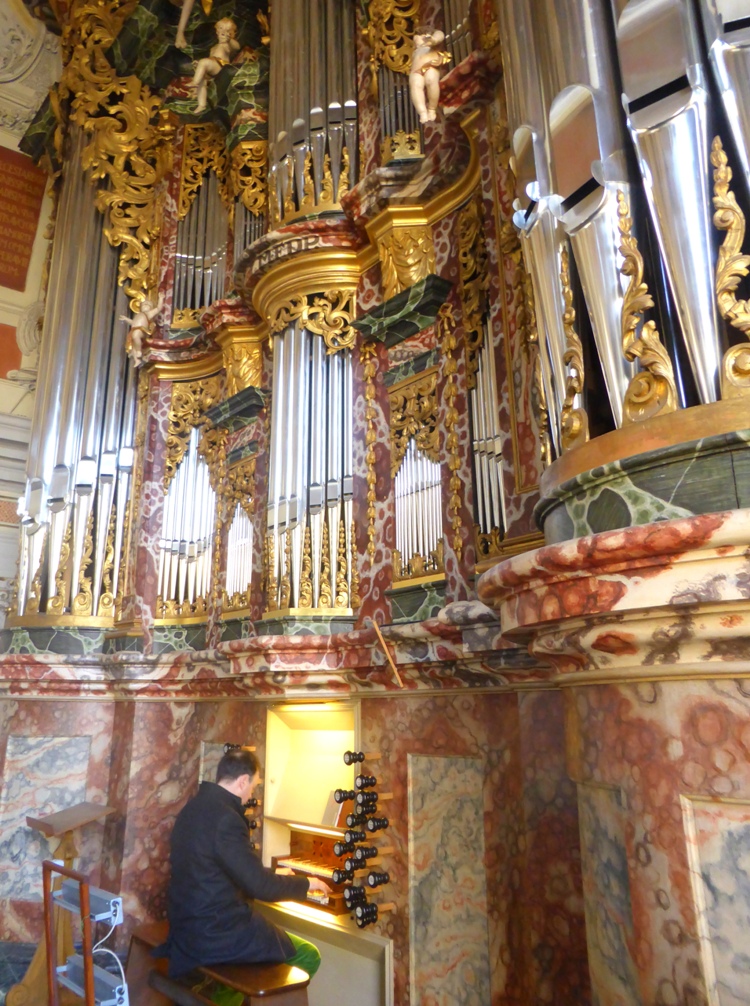 Bach’s connection here is minimal, presumably because of the prevalent Catholicism. Chairman of the Thuringia Bach Festival and visiting professor at Weimar’s Liszt Academy Silvius von Kessel is the current organist. He gave us an after-hours improvisation on the Dom organ – starting with the Pilgrims' Chorus from Wagner’s Tannhäuser, which Bruckner the organist would have applauded – before taking us over to a smaller-scale gem, the Cruciskirche, totally of a Baroque piece and possessed of what von Kessel calls one of the two finest 18th century organs in Germany. He pulled out all the stops, starting with a flute-imitating rarity, and underlined what a wonderful combination this organ offers of Bach-like gravitas and the capacity for Italian ornateness: a beautiful sound, in all registers (von Kessel at the console pictured above).
Bach’s connection here is minimal, presumably because of the prevalent Catholicism. Chairman of the Thuringia Bach Festival and visiting professor at Weimar’s Liszt Academy Silvius von Kessel is the current organist. He gave us an after-hours improvisation on the Dom organ – starting with the Pilgrims' Chorus from Wagner’s Tannhäuser, which Bruckner the organist would have applauded – before taking us over to a smaller-scale gem, the Cruciskirche, totally of a Baroque piece and possessed of what von Kessel calls one of the two finest 18th century organs in Germany. He pulled out all the stops, starting with a flute-imitating rarity, and underlined what a wonderful combination this organ offers of Bach-like gravitas and the capacity for Italian ornateness: a beautiful sound, in all registers (von Kessel at the console pictured above).
I can’t thank Silvius enough for his time and, just as precious, his utopian combination of erudition and enthusiasm. Under his guidance, Thuringia makes use of its year-round Bach status in the autumn when there’s a whole week around the International Bach/Liszt Organ Competition (would I might be in Erfurt on the night of 2 October when five master organists give consecutive recitals in five of Erfurt’s finest churches). Before that, in August, there’s the second Weimar Bach Cantata Academy under the venerable guidance of Helmut Rilling. With Bach, you always want to hear more. Carrying with me as I was John Eliot Gardiner’s supremely eloquent Music in the Castle of Heaven – to read from cover to cover rather than to merely dip into – and yearning to rediscover or hear for the first time the masterpieces he cites at the core of his book, the only lack I felt was that of not filling up at the wellspring of the cantatas. Let’s hope a lifetime is long enough to get to know each and every one. Onwards, then, to Leipzig.
Share this article
The future of Arts Journalism
You can stop theartsdesk.com closing!
We urgently need financing to survive. Our fundraising drive has thus far raised £33,000 but we need to reach £100,000 or we will be forced to close. Please contribute here: https://gofund.me/c3f6033d
And if you can forward this information to anyone who might assist, we’d be grateful.

Subscribe to theartsdesk.com
Thank you for continuing to read our work on theartsdesk.com. For unlimited access to every article in its entirety, including our archive of more than 15,000 pieces, we're asking for £5 per month or £40 per year. We feel it's a very good deal, and hope you do too.
To take a subscription now simply click here.
And if you're looking for that extra gift for a friend or family member, why not treat them to a theartsdesk.com gift subscription?
more Classical music
 Bach St John Passion, Academy of Ancient Music, Cummings, Barbican review - conscience against conformism
In an age of hate-fuelled pile-ons, Bach's gospel tragedy strikes even deeper
Bach St John Passion, Academy of Ancient Music, Cummings, Barbican review - conscience against conformism
In an age of hate-fuelled pile-ons, Bach's gospel tragedy strikes even deeper
 MacMillan St John Passion, Boylan, National Symphony Orchestra & Chorus, Hill, NCH Dublin review - flares around a fine Christ
Young Irish baritone pulls focus in blazing performance of a 21st century classic
MacMillan St John Passion, Boylan, National Symphony Orchestra & Chorus, Hill, NCH Dublin review - flares around a fine Christ
Young Irish baritone pulls focus in blazing performance of a 21st century classic
 First Person: St John's College choral conductor Christopher Gray on recording 'Lament & Liberation'
A showcase for contemporary choral works appropriate to this time
First Person: St John's College choral conductor Christopher Gray on recording 'Lament & Liberation'
A showcase for contemporary choral works appropriate to this time
 Classical CDs: Romance, reforestation and a Rolleiflex
New music for choir, orchestra and string quartet, plus a tribute to a rediscovered photographer
Classical CDs: Romance, reforestation and a Rolleiflex
New music for choir, orchestra and string quartet, plus a tribute to a rediscovered photographer
 Donohoe, RPO, Brabbins, Cadogan Hall review - rarely heard British piano concerto
Welcome chance to hear a Bliss rarity alongside better-known British classics
Donohoe, RPO, Brabbins, Cadogan Hall review - rarely heard British piano concerto
Welcome chance to hear a Bliss rarity alongside better-known British classics
 London Choral Sinfonia, Waldron, Smith Square Hall review - contemporary choral classics alongside an ambitious premiere
An impassioned response to the climate crisis was slightly hamstrung by its text
London Choral Sinfonia, Waldron, Smith Square Hall review - contemporary choral classics alongside an ambitious premiere
An impassioned response to the climate crisis was slightly hamstrung by its text
 Goldberg Variations, Ólafsson, Wigmore Hall review - Bach in the shadow of Beethoven
Late changes, and new dramas, from the Icelandic superstar
Goldberg Variations, Ólafsson, Wigmore Hall review - Bach in the shadow of Beethoven
Late changes, and new dramas, from the Icelandic superstar
 Mahler's Ninth, BBC Philharmonic, Gamzou, Bridgewater Hall, Manchester review - vision and intensity
A composer-conductor interprets the last completed symphony in breathtaking style
Mahler's Ninth, BBC Philharmonic, Gamzou, Bridgewater Hall, Manchester review - vision and intensity
A composer-conductor interprets the last completed symphony in breathtaking style
 St Matthew Passion, Dunedin Consort, Butt, Queen’s Hall, Edinburgh review - life, meaning and depth
Annual Scottish airing is crowned by grounded conducting and Ashley Riches’ Christ
St Matthew Passion, Dunedin Consort, Butt, Queen’s Hall, Edinburgh review - life, meaning and depth
Annual Scottish airing is crowned by grounded conducting and Ashley Riches’ Christ
 St Matthew Passion, Irish Baroque Orchestra, Whelan, St Patrick’s Cathedral, Dublin review - the heights rescaled
Helen Charlston and Nicholas Mulroy join the lineup in the best Bach anywhere
St Matthew Passion, Irish Baroque Orchestra, Whelan, St Patrick’s Cathedral, Dublin review - the heights rescaled
Helen Charlston and Nicholas Mulroy join the lineup in the best Bach anywhere
 Kraggerud, Irish Chamber Orchestra, RIAM Dublin review - stomping, dancing, magical Vivaldi plus
Norwegian violinist and composer gives a perfect programme with vivacious accomplices
Kraggerud, Irish Chamber Orchestra, RIAM Dublin review - stomping, dancing, magical Vivaldi plus
Norwegian violinist and composer gives a perfect programme with vivacious accomplices
 Small, Hallé, Wong, Bridgewater Hall, Manchester review - return to Shostakovich’s ambiguous triumphalism
Illumination from a conductor with his own signature
Small, Hallé, Wong, Bridgewater Hall, Manchester review - return to Shostakovich’s ambiguous triumphalism
Illumination from a conductor with his own signature

Add comment